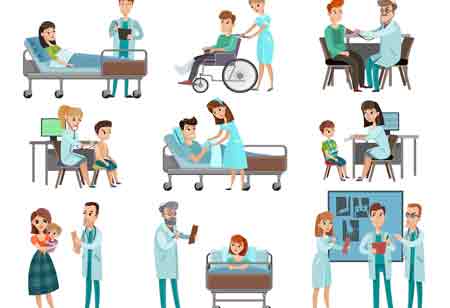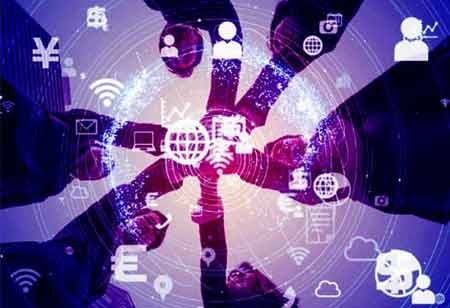Thank you for Subscribing to Business Management Review Weekly Brief
I agree We use cookies on this website to enhance your user experience. By clicking any link on this page you are giving your consent for us to set cookies. More info
The Impact of Animation on Patient Care and Understanding
Animation transforms healthcare by simplifying complex information, improving user engagement, and enhancing learning. It is crucial in motivating behavioral change and making healthcare more accessible and effective.

By
Business Management Review | Tuesday, August 19, 2025
Stay ahead of the industry with exclusive feature stories on the top companies, expert insights and the latest news delivered straight to your inbox. Subscribe today.

FREMONT, CA: Animation is converting healthcare by transforming how patients and users interact with health information and tools. By simplifying complex medical concepts through engaging and visually appealing content, animation enhances user understanding and retention. It also increases engagement in health applications, encouraging positive behavioral changes and empowering patients to stay actively involved in their health journeys.
Simplifying Complex Health Information
Animation breaks down complex medical concepts into engaging visuals, helping patients understand procedures, diagnoses, or treatments more quickly. Animated videos or infographics can present data visually, making information easier to absorb and accessible to diverse audiences, regardless of age, language, or education. In healthcare, this aids informed decision-making. Patients grasp medical information faster and retain it better, reducing anxiety by providing clear, visual explanations and ensuring clarity where words may fail.
Increasing Engagement in Health Applications
Animation is widely used in health apps to enhance user engagement. Gamified elements like progress bars, badges, and animated rewards motivate users to reach health goals. Animation makes the app experience more interactive and visually appealing and helps break down complex tasks like tracking fitness or managing chronic conditions. Interfaces keep users engaged long-term, leading to higher retention rates and improved health outcomes.
Enhancing Learning and Retention
Animation in health education improves user comprehension and retention. Complex health concepts become more relatable and understandable through interactive, animated lessons. Animation visualises scenarios that might be difficult to explain with text alone by involving multiple senses, which enhances the learning experience and tends to remember animated content better than static text or lectures. It is especially effective for patient education, training healthcare staff, and raising public awareness. The engaging nature of animation promotes long-term retention of health information.
Behavioural Change Through Visual Storytelling
Animations can tell powerful stories that inspire healthier behaviours by depicting relatable characters and scenarios that can evoke emotional connections with viewers. They help convey messages about mental health, chronic illness management, or preventive care. Animation allows for non-threatening, approachable portrayals of sensitive health topics. By creating empathy, viewers may feel motivated to make lifestyle changes or seek help. Stories of success, recovery, or perseverance resonate deeply with audiences.
Telemedicine and Virtual Health Assistants
Animated virtual assistants in telemedicine make user interactions more intuitive and friendly. These digital characters guide patients through scheduling appointments, symptom-checking, or understanding treatment plans. Animation humanises digital health platforms, making them more approachable and less intimidating. Virtual assistants can engage users by offering clear, visual explanations, improving patient satisfaction and streamlining healthcare processes, ensuring patients feel supported and understood, even in virtual settings. Animation enhances accessibility, especially for those uncomfortable with text-based interfaces.
Rehabilitation and Fitness
Animations in fitness and rehabilitation programs demonstrate correct exercise techniques, helping users follow along accurately. These animated guides are often part of digital platforms that assist in physical therapy or fitness routines by providing visual demonstrations. They reduce the risk of injury or improper form and can mimic the animated movements, ensuring they complete exercises correctly. Animation clarifies instructions, makes workouts more interactive, and provides feedback, motivating users to progress. This approach makes rehabilitation and fitness programs more accessible and engaging.
The impact of animation in healthcare extends beyond entertainment—it's a powerful tool for improving user engagement, promoting health literacy, and driving better health outcomes. Animation addresses diverse patient needs by simplifying complex medical information, enhancing the usability of health applications, and motivating behavioural change, which is crucial in making healthcare more accessible, interactive, and practical for all.





